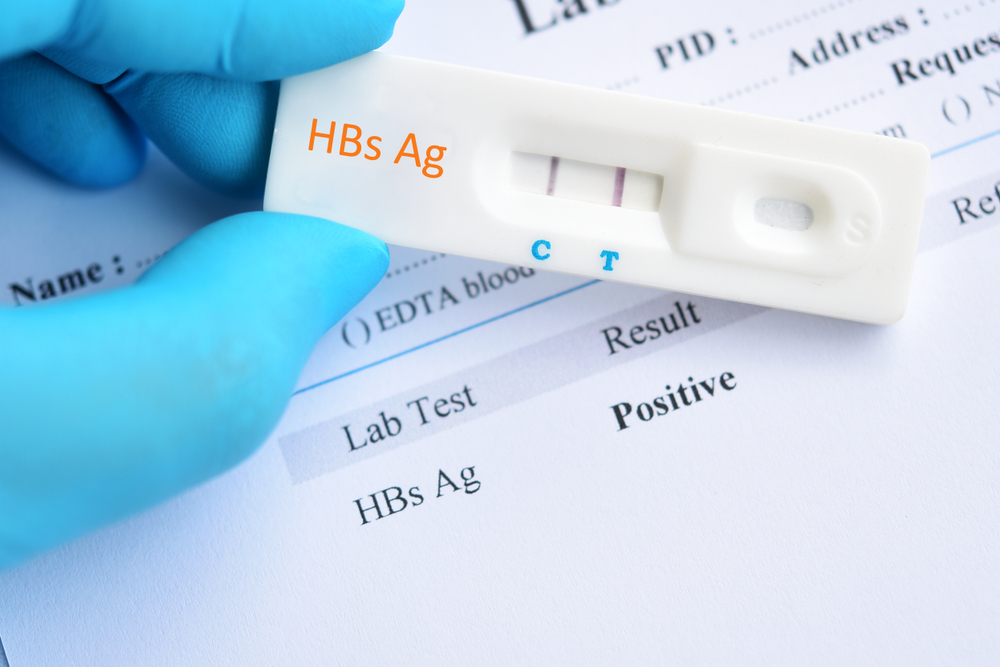Contents:
Medical Video: What It’s Like to Get a Myelogram
Definition
What is a myelogram?
Myelogram is a test using X-rays and special dyes called contrast materials to create images of bone and fluid-filled space (subarachnoid space) between the bones in your spine (spinal canal). Myelogram can be done to find tumors, infections, problems with the spine such as herniated discs, or narrowing of the spinal canal caused by arthritis.
The spinal canal consists of the spinal cord, spinal nerve roots, and subarachnoid space. During testing, the dye is inserted into the subarachnoid space with a thin needle. The dye moves through space so that the nerve roots and spinal cord can be seen more clearly. Images can be taken before and after the dye has been used. To get more information from the test, a CT scan is often done after X-rays, when the dye is still in your body.
When do I need to undergo a myelogram?
A myelogram can be done to assess the spinal cord, subarachnoid space, or other structures for abnormalities, especially when other types of examinations, such as standard X-rays, are inconclusive. Myelogram can be used to evaluate many diseases, including, but not limited to, the following:
- herniated disc (protruding discs and press on the nerves and / or spinal cord)
- spinal nerve tumor or brain tumor
- infection and / or inflammation of tissue around the spinal cord and brain
- spinal stenosis (degeneration and swelling of the bones and tissue around the spinal cord that makes a narrow canal)
- ankylosing spondylitis (a disease that affects the spine, causing bones to grow together)
- bone spurs
- arthritis discs
- degenerative disc disease
- cyst (benign lump that can contain fluid)
- spinal nerve root injury
- arachnoiditis (inflammation of the smooth membrane covering the brain)
There may be other reasons for doctors to recommend myelogram.
Prevention & warning
What should I know before undergoing myelogram?
CT scans or MRI have replaced the need for myelogram in many cases. Myelogram is often done with CT scans to make more detailed images of the spine. If a tumor is seen on myelogram or if a lumbar injection causes a total blockage of the spinal canal, you may need immediate surgery.
Process
What should I do before undergoing a myelogram?
Your doctor will provide detailed instructions on how to prepare for your myelogram examination. You should tell your doctor about any medications taken and if there are allergies, especially for iodinated contrast ingredients. Also tell your doctor about new diseases or other medical conditions.
In particular, doctors need to know if:
- You are taking medication that needs to be stopped a few days before the procedure
- do you have a history of reactions to the contrast material used for the myelogram
Some drugs must be stopped one or two days before myelography. This includes certain drugs such as antipsychotics, antidepressants, blood thinners, and several other drugs. The most important type of medication that must be stopped is blood thinners (anticoagulants). If you take blood thinners, you should talk to your doctor about alternative methods for maintaining anticoagulants when you undergo a myelogram.
Usually patients are advised to increase their fluid intake the day before the scheduled myelogram, because it is important to be well hydrated. Solid foods should be avoided for several hours before the examination, but food in liquid form can be continued.
You may be asked to remove some or all of your clothes and wear certain clothes during the inspection. You may also be asked to remove jewelry, remove dental equipment, glasses, and metal objects or clothing that might interfere with x-ray images.
What is the usual process for myelogram?
You will get an injection in the spine to mate the dye into your spinal canal. You will lie on your stomach or side of the body on an X-ray table. The doctor will clean the area on your lower back. Anesthetic will be injected into your skin.
After the area is numb, a thin needle is inserted into the spinal canal and X-ray flow (fluoroscopy) is used to help the doctor place the needle in the canal area. Spinal canal fluid samples can be taken before the dye is inserted into the canal. After the dye is put in, you will be quietly lying down while the X-ray image is taken. After the image is taken, a small bandage will be placed on your back where the needle is inserted into. You will be told what to do after the test.
What should I do after undergoing a myelogram?
This test usually takes 30 minutes to 1 hour. You may need to lie in bed with your head raised for 4 to 24 hours after the test. To prevent seizures, don't bend or lie down with your head lower than your body. Avoid strenuous activities, such as running or lifting heavily, at least 1 day after the examination. Drink plenty of water afterwards. The doctor will give instructions on consuming ordinary medicines.
Explanation of Test Results
What do the test results mean?
Your doctor will talk to you about your test results.
Normal:
- the dye flows evenly through the spinal canal
- spinal cord in normal condition both in terms of size, position, and shape. Nerves that leave the spinal cord normal
- no visible narrowing or blockage of the spinal canal
Abnormal:
- dye flow is blocked or diverted. This may be due to a ruptured hernia chip, spinal stenosis, nerve injury, abscess, or tumor. There is inflammation in the membrane (arachnoid membrane) that covers the spinal cord
- one or more nerves leave behind the pinched spinal cord
What can affect the test results?
The reason you might not be able to take this test or the test results will be useless is if you:
- is pregnant. Myelogram examination is not usually done during pregnancy, because radiation can damage the development of the baby (fetus)
- unable to lie still during the test
- have had surgery in the spine or have a curved spine, severe arthritis, or some type of spinal injury or disability. This condition makes it difficult to place a needle with dye into the spinal canal
Hello Health Group does not provide medical advice, diagnosis or treatment.











